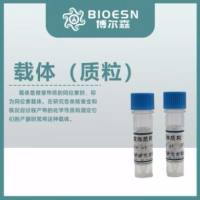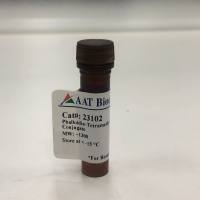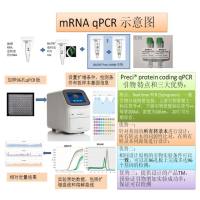IAA Analysis in Transgenic Plants
互联网
584
The availability of transgenic plant material has provided an important new tool for unraveling the complex mechanisms by which auxins regulate plant development ( 1 – 4 ). The accurate estimation of indole-3-acetic acid (IAA) and IAA-conjugates remains a vital part of the analysis if we are to understand auxin action. Several methods are available utilizing immunoassays, GC-MS, high-performance liquid chromatography (HPLC), and fluorescence. One reliable method for IAA analysis in transgenic material is based on the method of Blakesley et al. ( 5 ), which uses a combination of HPLC and fluorimetric detection of the derivatized IAA ( see Fig. 1 ). The straightforward method described has been used successfully for the analysis of IAA and indole-3-acetamide (IAM) in Solanum species and sugar beet hairy roots ( 1 , 6 ) and should be suitable for most plant tissues, although additional purification steps may be required, as explained in the Notes section. This protocol is intended as an introduction to the methodology and the reader is referred to refs. 7 and 8 and Chapter 23 in this volume, which cover the analysis of other metabolites and the methods used.
Fig. 1. Extraction and quantitation of IAA using HPLC and fluorimetric detection of derivatized IAA.







